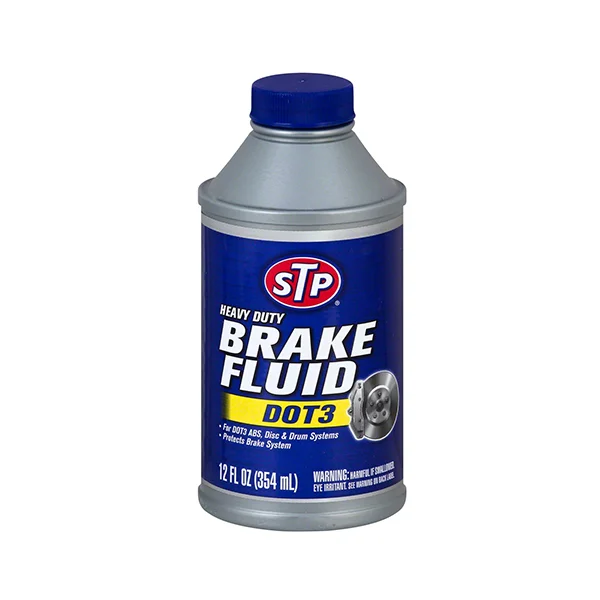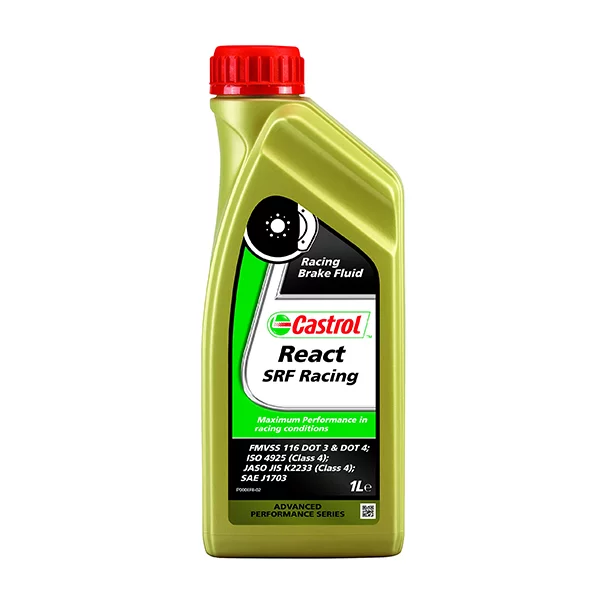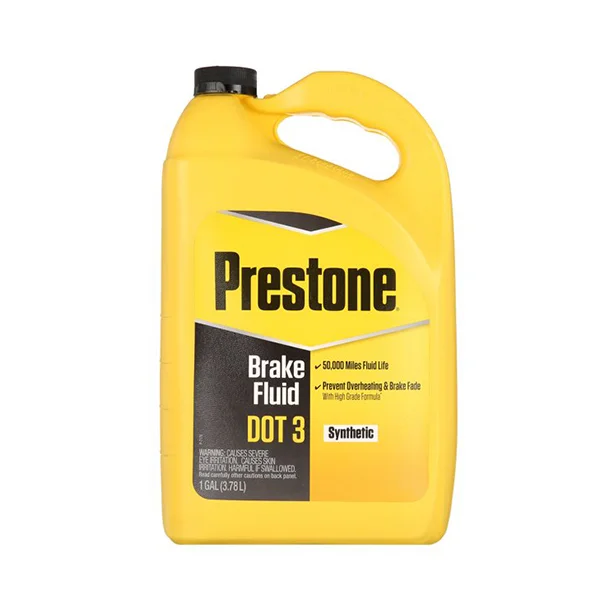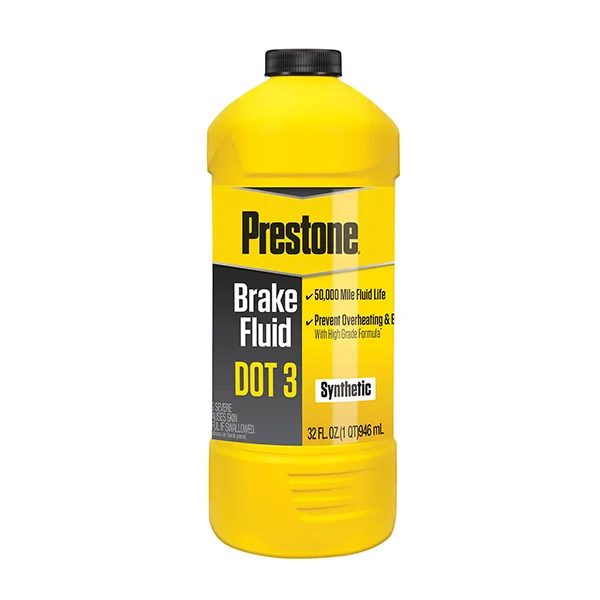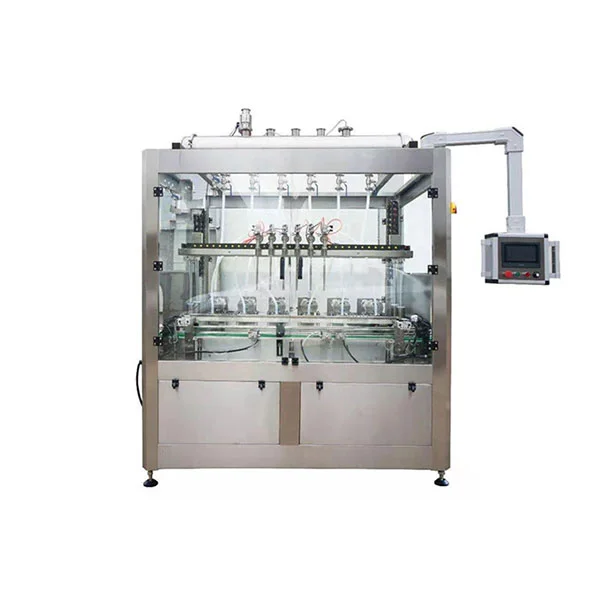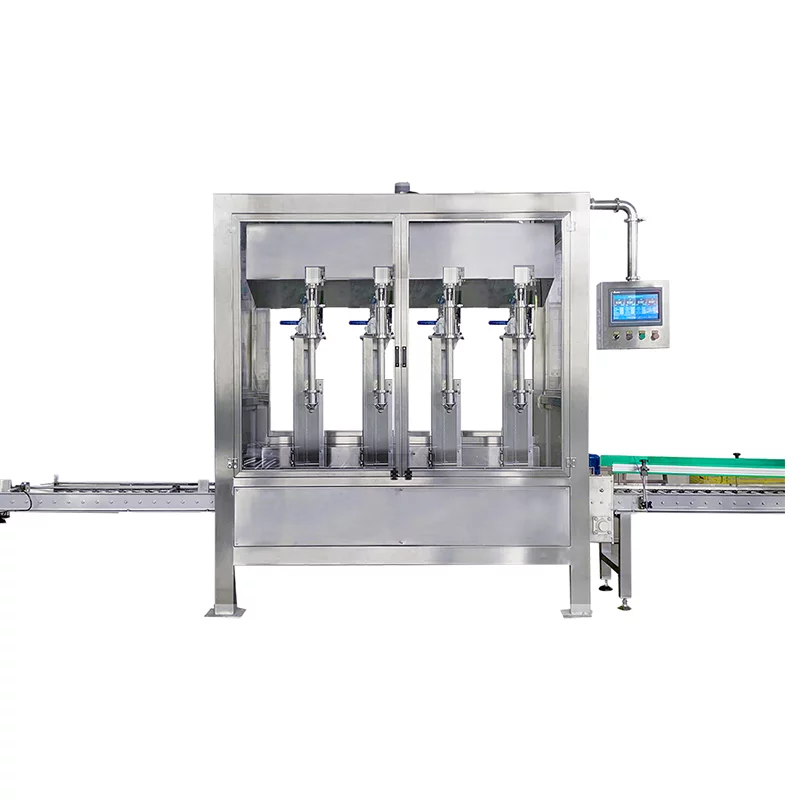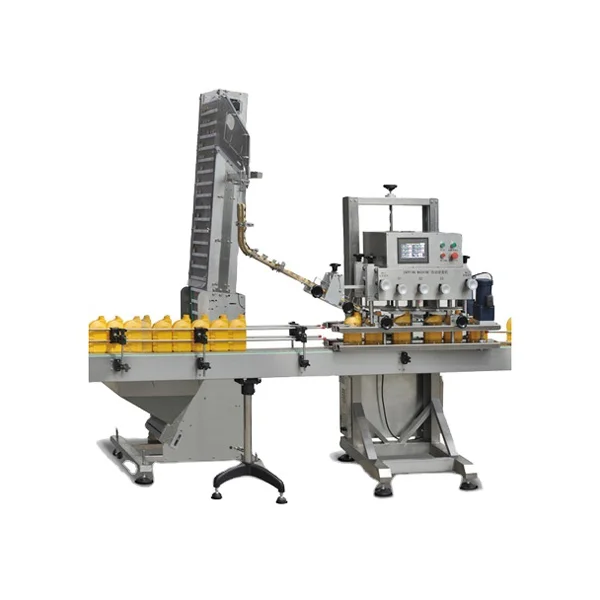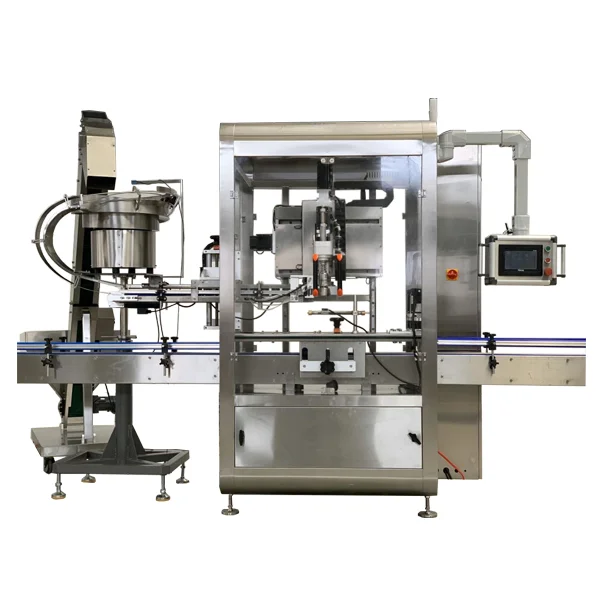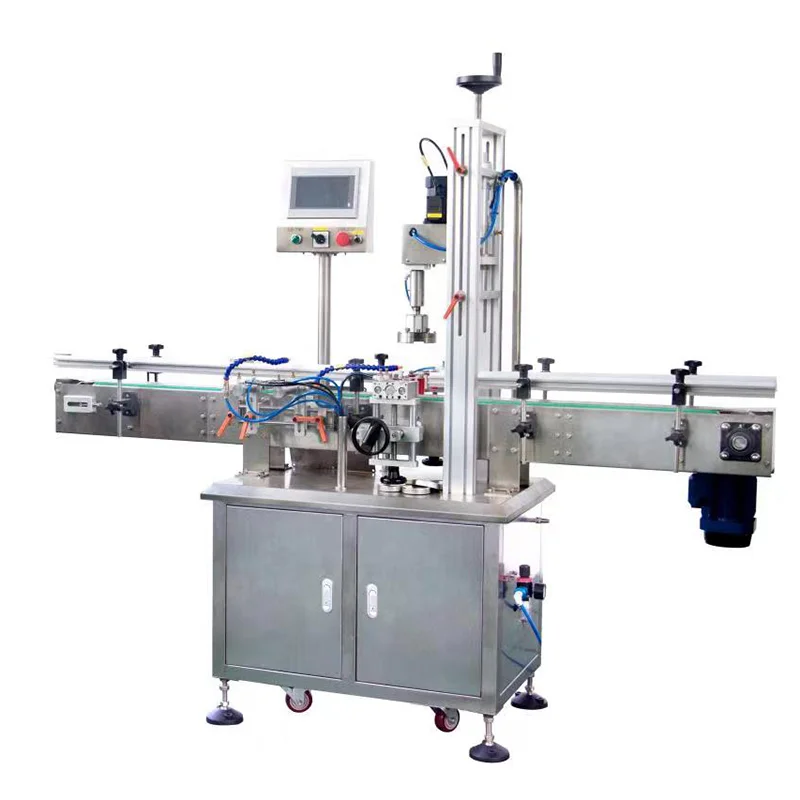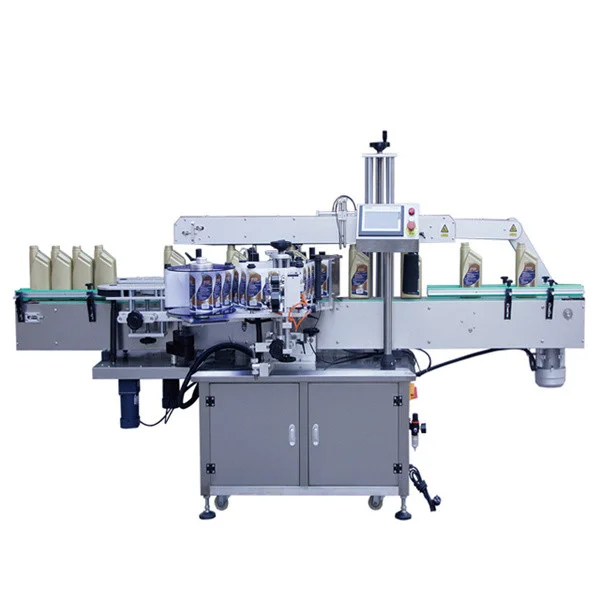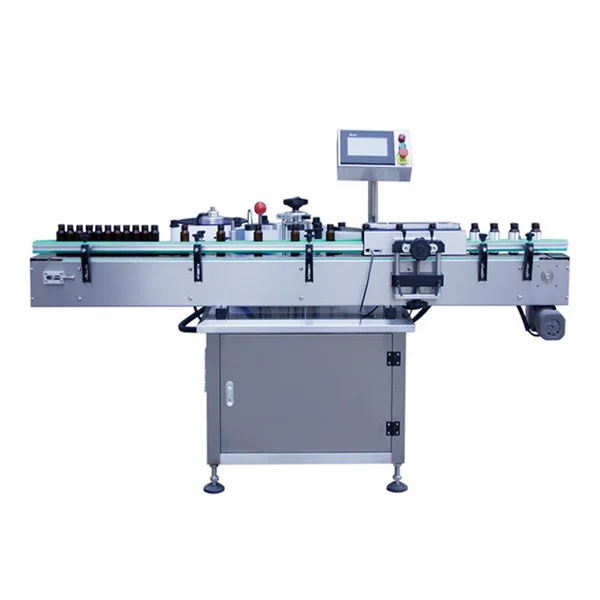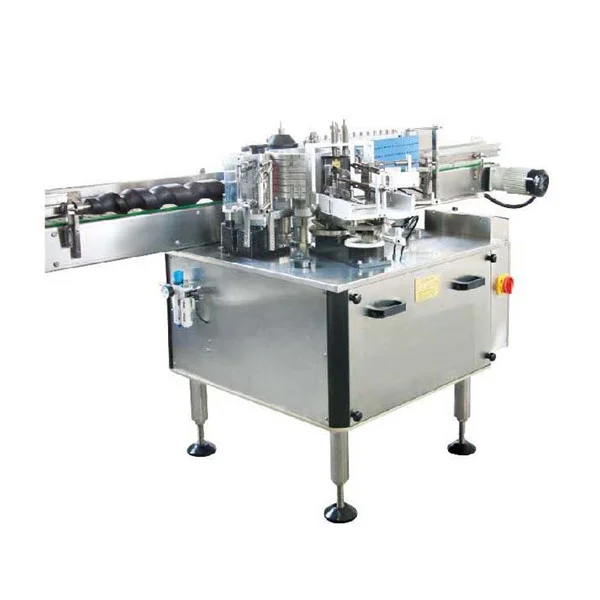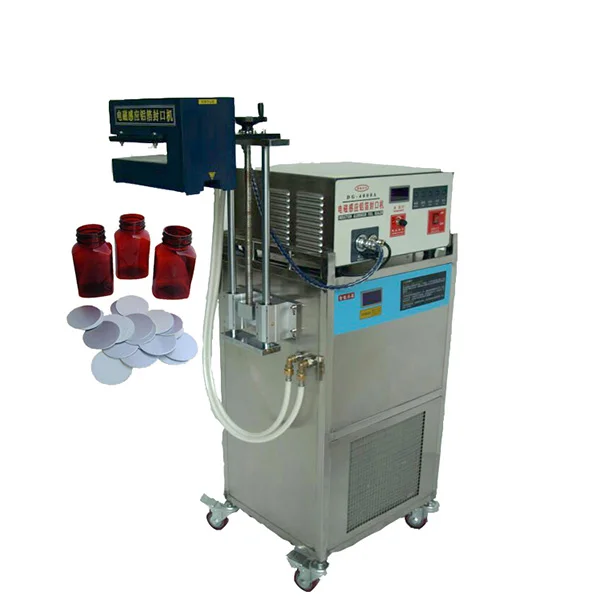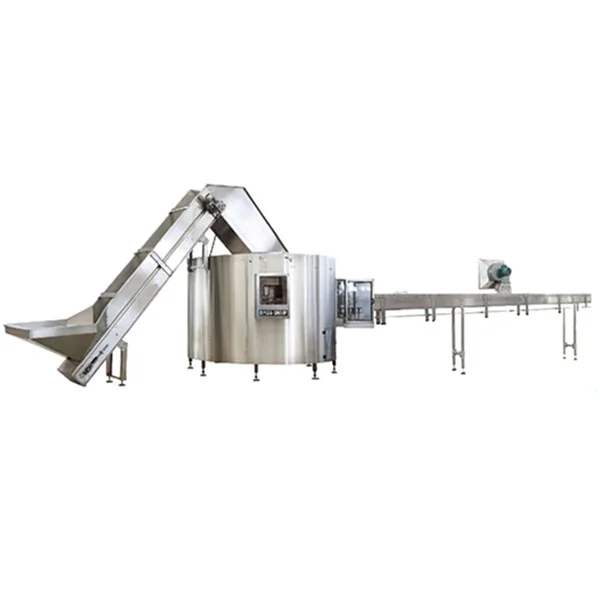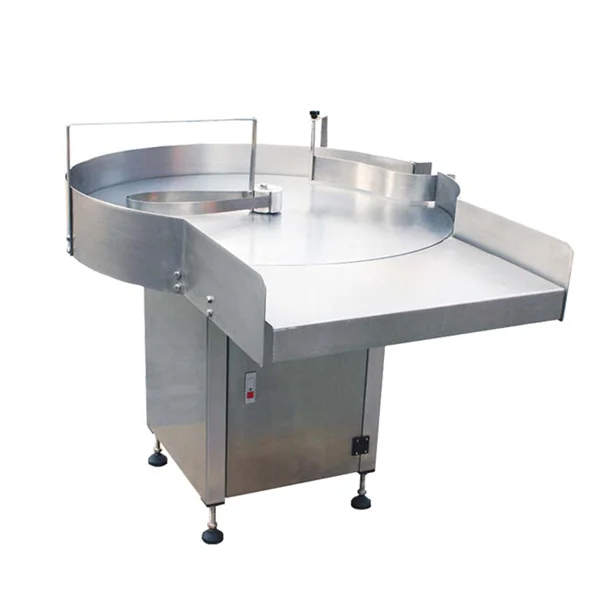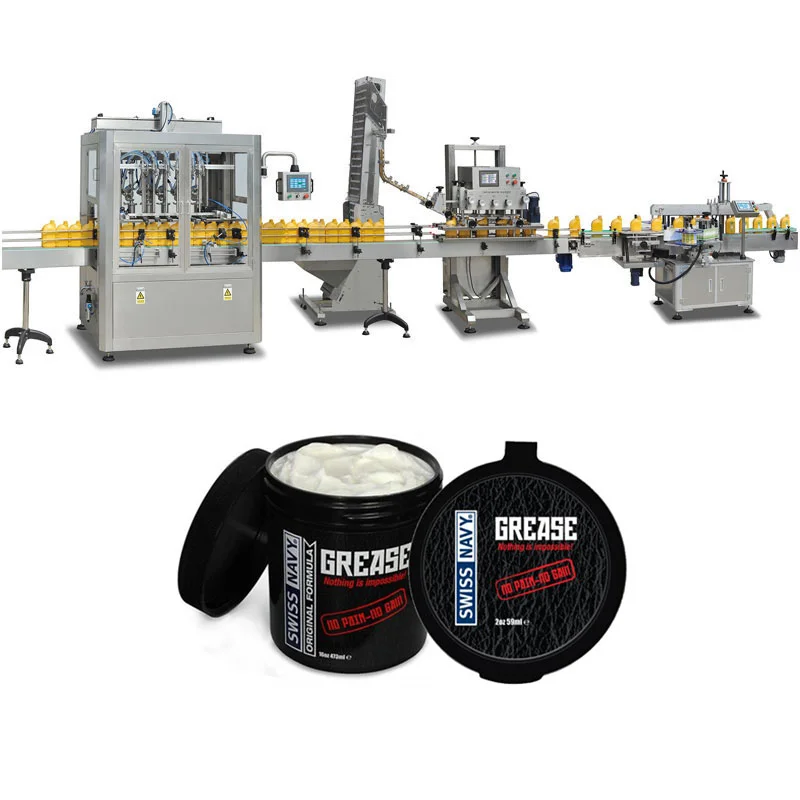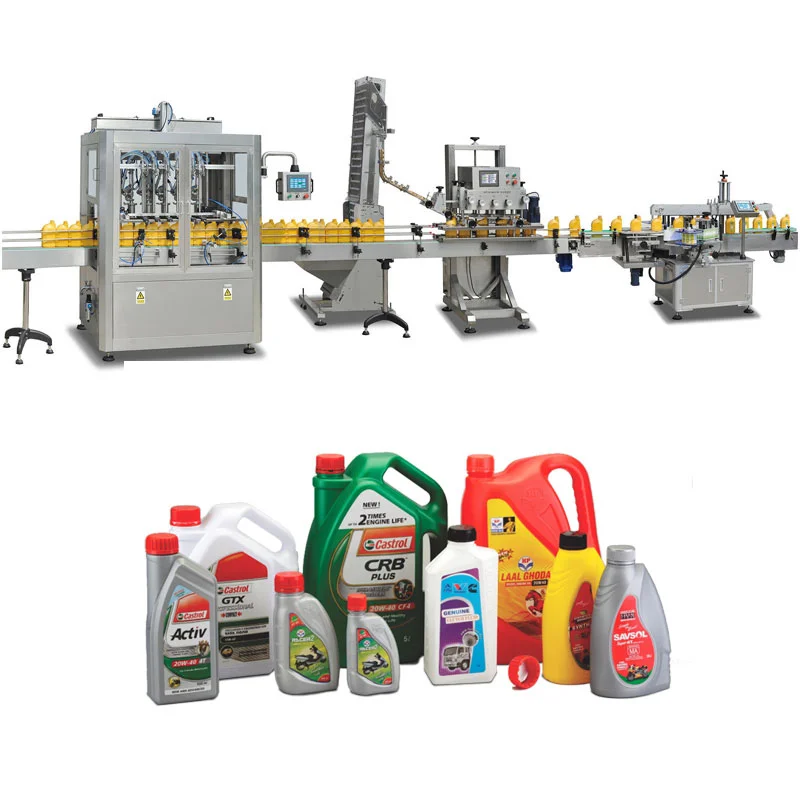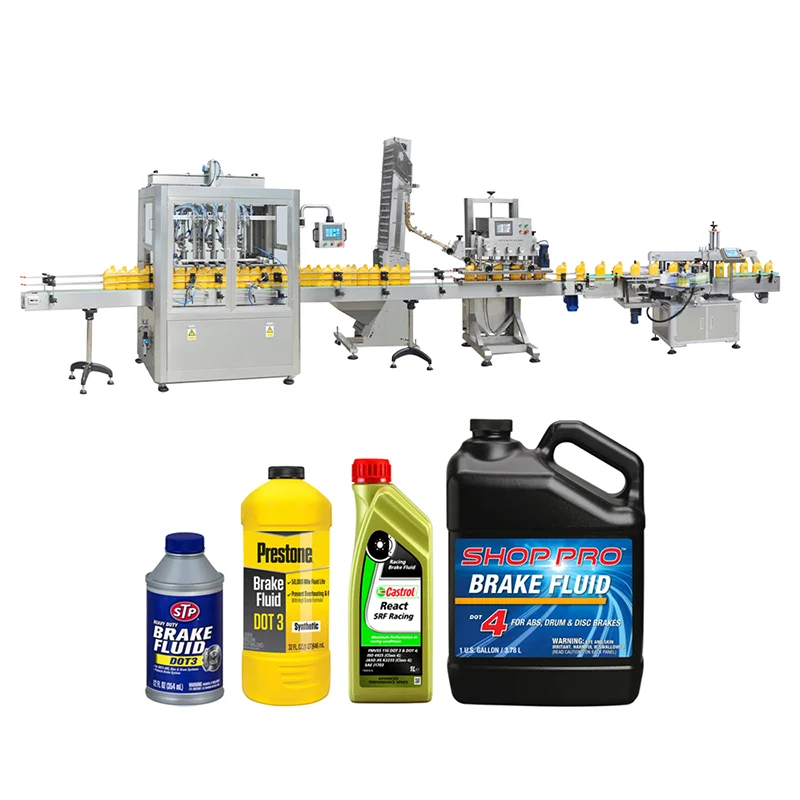
Summary
Brake fluid (also called brake oil) is a type of hydraulic fluid that is used in the brake system of a vehicle. It is a clear or yellowish fluid that is typically made from a mixture of glycol and water, although some silicone-based brake fluids are also available. The main function of brake fluid is to transfer pressure from the brake pedal to the brakes themselves, which helps to bring the vehicle to a stop.
A brake fluid bottle filling machine is a machine that is used to fill bottles with brake fluid. These machines are typically used in manufacturing or packaging facilities to package brake fluid for sale.
View VideoIn terms of its physical properties, brake fluid is a highly refined oil that has a high boiling point and a low freezing point. This is important because the brake system generates a lot of heat when the brakes are used, and the brake fluid must be able to withstand this heat without boiling or vaporizing. The viscosity, or thickness, of brake fluid can vary depending on the type of fluid and the temperature at which it is being used. At normal operating temperatures, brake fluid has a relatively low viscosity and flows easily, but as the temperature decreases, its viscosity increases.
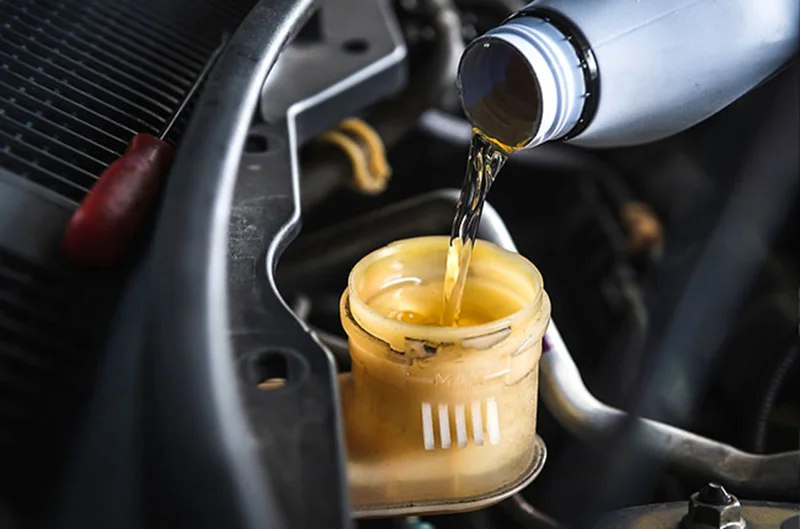
Piston fillers use a piston to dispense the brake fluid into the container and are suitable for handling both thin and thick fluids. They are accurate and can fill containers at a relatively high speed.
How to choose the right brake oil filling machine?
There are a few factors to consider when choosing a brake fluid filling machine:
Volume of fluid to be filled: The first thing to consider is the volume of fluid that needs to be filled. This will help you determine the size and capacity of the filling machine that you need.
Viscosity of the fluid: The viscosity of the brake fluid will also be a factor in determining the appropriate filling machine. Some machines are better suited for handling thin fluids, while others are better for thick fluids.
Accuracy: It is important to choose a filling machine that is accurate in order to ensure that the brake fluid is filled to the correct level. This is especially important because brake fluid is a critical component of a vehicle's braking system.
Speed: The speed at which the filling machine can operate may also be a consideration, depending on the volume of fluid that needs to be filled.
Cost: The cost of the filling machine will also be a factor to consider. It is important to find a machine that is both accurate and cost-effective.
In addition to these factors, it may be helpful to consider the overall durability and reliability of the filling machine, as well as any maintenance or support requirements that it may have.
Pressure-sensitive labeling machines: These machines use a roll of adhesive labels that are applied to the bottle using pressure. The label is then held in place by the adhesive.
Wear protective gear: When handling brake fluid, it is important to wear gloves and goggles to protect your skin and eyes from contact with the fluid.
Use a clean container: Make sure the container you use to bottle the brake fluid is clean and free of contaminants. Contaminants can affect the performance of the brake fluid.
Keep the brake fluid sealed: Once the brake fluid has been transferred to a container, make sure the container is properly sealed to prevent contamination.
Label the container: Clearly label the container with the type of brake fluid and the date it was bottled.
Store brake fluid properly: Brake fluid should be stored in a cool, dry place away from heat sources.
Dispose of brake fluid properly: Do not dispose of brake fluid by pouring it down the drain. It is toxic and can contaminate water sources. Instead, dispose of it according to local regulations for hazardous waste.
Customized complete brake fluid filling line
A customized complete brake fluid filling line is a system of machines and equipment that are specifically designed and configured to fill brake fluid into containers or reservoirs. These lines are often used in manufacturing or automotive repair settings, and can include a variety of different components such as filling machines, capping machines, labeling machines, conveyor belts, and more. The exact configuration of a customized brake fluid filling line will depend on the specific needs and requirements of the user, such as the type and size of containers being filled, the volume of fluid being produced, and the desired level of automation. Customized brake fluid filling lines can offer benefits such as increased efficiency, accuracy, and speed, as well as improved safety and quality control.
